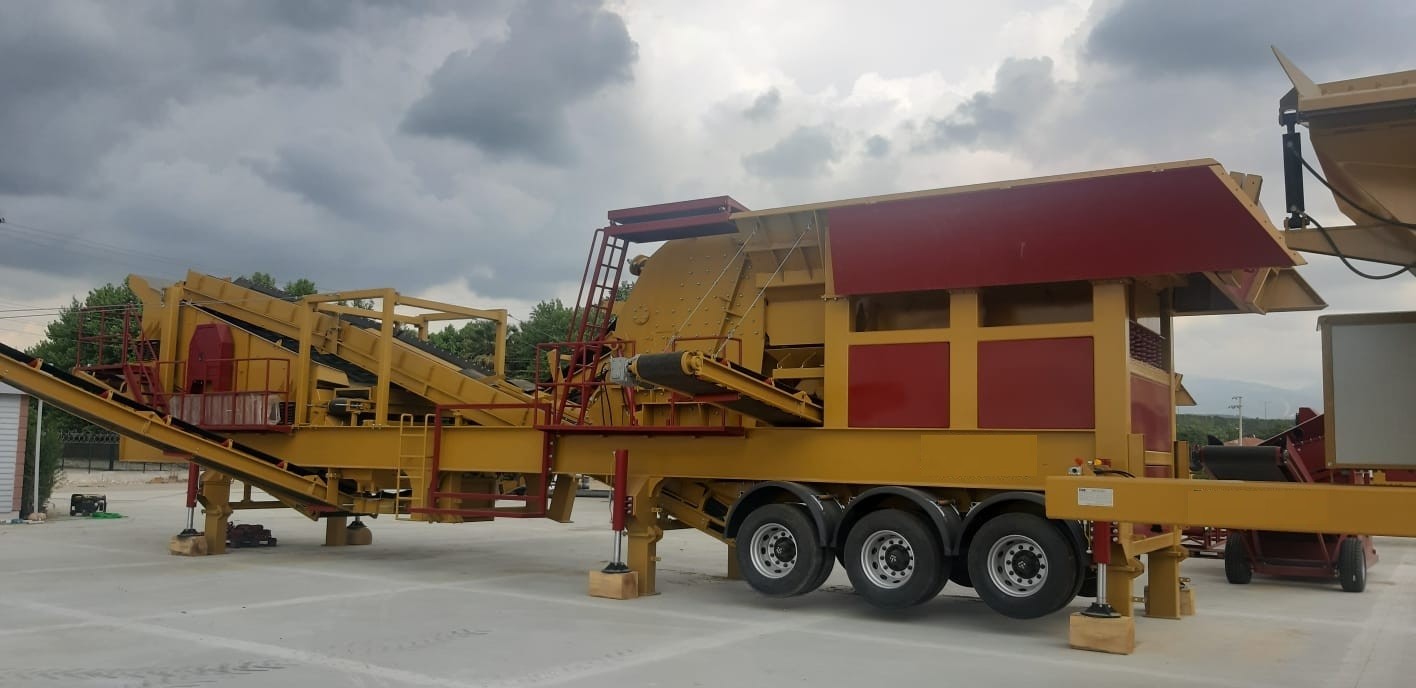Selection of Plant for Basalt Crushing and Screening
The selection of an appropriate plant for basalt crushing and screening involves several factors that are essential to ensure optimal performance, efficiency, and product quality. These factors can be categorized into technical, operational, and economic considerations. Here’s a detailed guide:
1. Material Characteristics
Basalt is a hard, dense, and durable rock that is commonly used in construction and road building. The plant selection should consider the following properties of basalt:
- Hardness: Basalt has a high hardness level, so equipment should be robust enough to handle the abrasive material.
- Size Distribution: The plant must be able to process different sizes of basalt, from large boulders to finer materials, depending on the desired end product.
- Moisture Content: Basalt can have varying moisture content depending on environmental conditions, so equipment should be designed to handle these variations without clogging or excessive wear.
2. Crusher Selection
The primary crusher is crucial for basalt processing. Given the hardness of basalt, the following types of crushers are commonly used:
- Jaw Crushers: Suitable for primary crushing, they can handle large chunks of basalt and break them down into manageable sizes.
- Cone Crushers: Used for secondary and tertiary crushing, they are effective in reducing the size further, especially for finer aggregates.
- Impact Crushers: Effective for producing fine aggregates, although they may wear more quickly when processing very hard materials like basalt.
3. Screening Equipment
Proper screening is essential for separating different size fractions of crushed basalt. The plant should include:
- Vibrating Screens: To sort materials based on size, ensuring that the product meets specific grading requirements.
- Hydraulic Screens: Often used for finer materials to improve separation efficiency.
- Grizzly Screens: For pre-screening, ensuring that larger materials are removed before finer processing begins.
4. Automation and Control Systems
Modern basalt crushing and screening plants are equipped with automated systems to monitor and control processes. These systems help in:
- Process Optimization: Monitoring equipment performance, adjusting settings for optimal efficiency, and minimizing downtime.
- Maintenance Alerts: Providing real-time information on potential issues such as wear on critical components, allowing for predictive maintenance.
5. Energy Efficiency and Environmental Considerations
- Energy Usage: Basalt crushing can be energy-intensive, so energy-efficient machines are a priority for reducing operating costs.
- Dust and Noise Control: Effective dust suppression systems and noise reduction methods are necessary to comply with environmental regulations and ensure a safe working environment.
- Water Recycling: Water can be used in the screening process; recycling water helps reduce consumption and minimize environmental impact.
6. Economic Considerations
- Capital and Operating Costs: The initial investment and operational costs should be balanced. Selecting energy-efficient equipment can reduce long-term expenses.
- Production Capacity: The plant’s capacity should align with the demand for crushed basalt. Overcapacity leads to unnecessary investment, while undercapacity can limit the plant's profitability.
- Material Handling: Efficient conveyors, feeders, and storage solutions should be integrated into the system to minimize material loss and handling costs.
 English
English
 Le français
Le français
 Türkçe
Türkçe

